UK-wide experts are coming together this week to brainstorm how best to respond to bird flu.
Scores of experts are expected to attend an online forum hosted by The British Trust for Ornithology (BTO) and the Joint Nature Conservation Committee (JNCC), which has staff based in Aberdeen.
NatureScot’s wildlife management manager Alastair MacGugan said the debate may come up with new ways of monitoring and researching highly pathogenic avian influenza (HPAI) amid rising concerns about the disease.
The nature agency has set up a surveillance network for bird flu this winter, but currently only its reserve managers and RSPB partners are feeding into it with fortnightly bird health reports.
There is largely no mechanism for hundreds of birdwatchers who are out and about counting birds for the BTO to feed into the surveillance network.
Bird flu – control zones being established
Thousands of seabirds have died as a result of one of the UK’s largest ever bird flu outbreaks this year.
However, the situation isn’t limited to wild birds —turkey farmers have warned of a shortage this Christmas due to the crisis.
The bird flu brainstorming conference will discuss different surveying methods and this may include using volunteers in the future.
It is being held as the number of premises currently battling bird flu in Scotland rises to six.
Control zones are in place at two sites each in Orkney and Aberdeenshire, and one each in Lewis and in East Ayrshire.
NatureScot’s surveillance network in operation
NatureScot publicised its new surveillance network last week.
It said the the fast-flow of information from its site managers and others would allow staff to swiftly assess whether samples needed to be collected for testing, with the stats reported fortnightly to Scottish Ministers.
NatureScot said “only a small number” of bird counting volunteers are currently being asked to feed into this special surveillance network to fill gaps in key areas – the Moray Firth being one of them.
A wider request for help is not going out right now because NatureScot does not want to “overload bird counting volunteers”.
Volunteers ‘keen to help’ in bird flu crisis
The Moray Firth’s long coastline is harder to monitor, however, and help is being drafted in from bird-counting volunteers.
Retired Tain Academy geography teacher Bob Swann, who coordinates a 45-strong team of Moray Firth bird counters between Brora to Spey Bay, said: “It makes sense for them to use this rich resource of expert volunteers who are keen to help and just need a straightforward way of submitting the information.”
Surveillance hot spots for bird flu
NatureScot has zoned Scotland to focus its efforts.
There are concerns large numbers of species in the Highlands and the north-east, including divers, geese, grebes, seabirds, swans, waders, shags, and ducks will start to show signs of the disease.
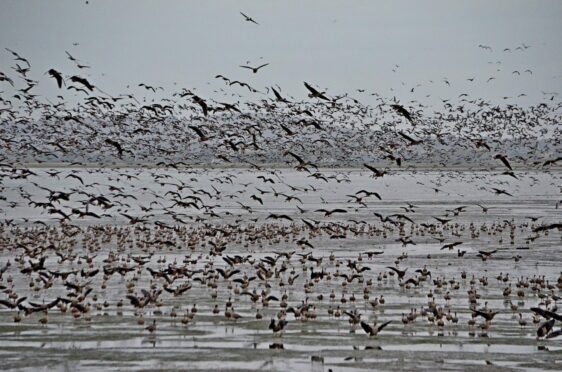
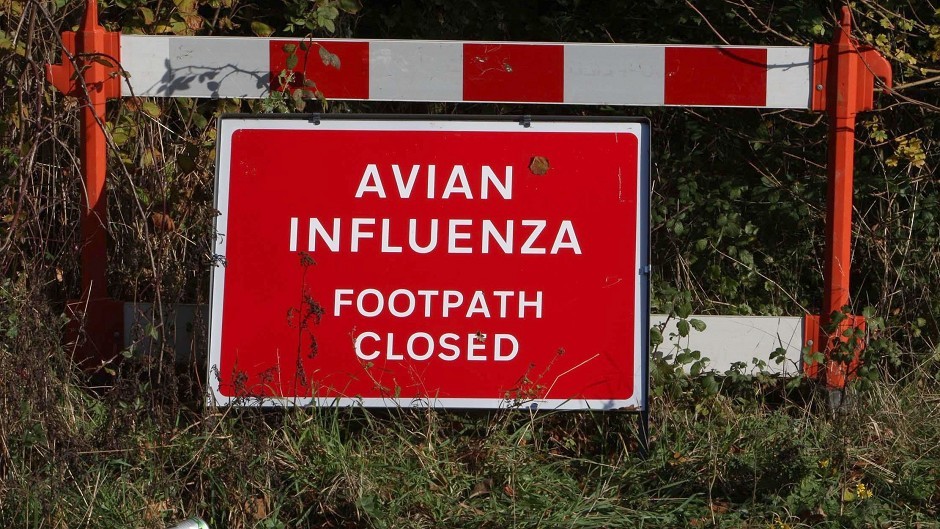
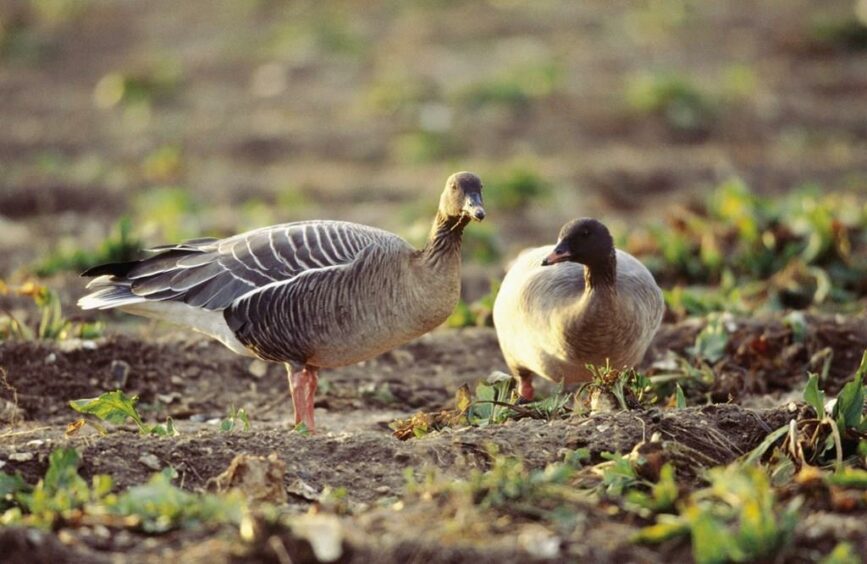
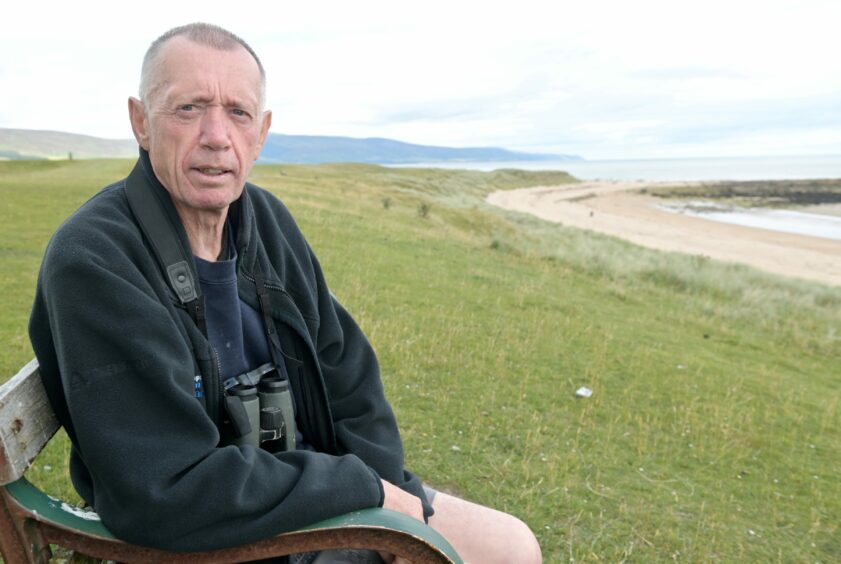

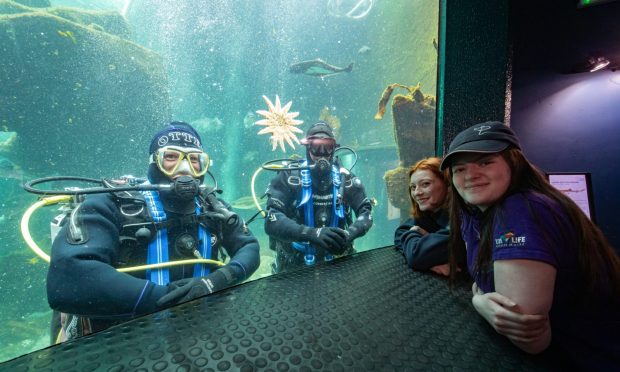
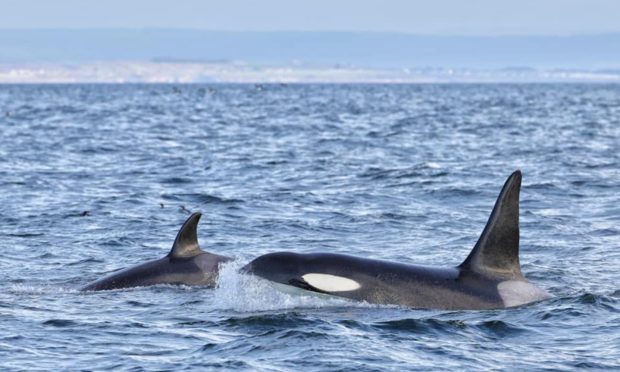
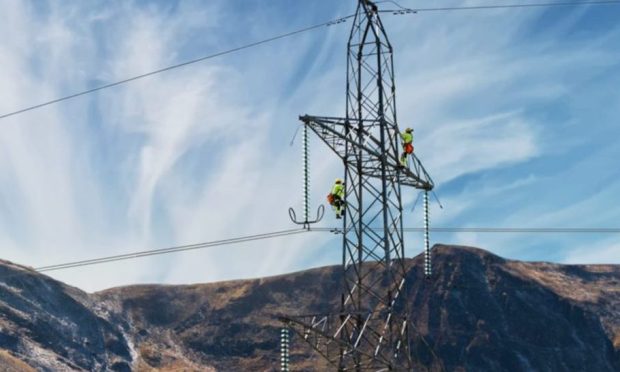

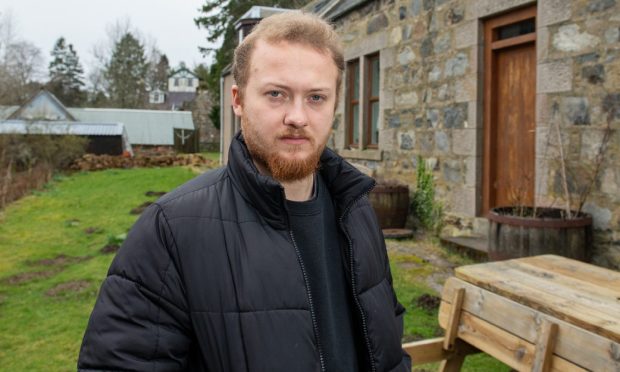





Conversation